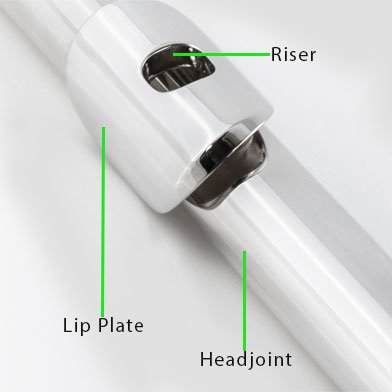Firstly; what is a closed or open hole flute? Basically, an open hole flute literally has holes in five of the keys, just like a Polo mint but a closed hole flute, you have probably already worked out, has full keywork.
 So, the question is why are there two options?
So, the question is why are there two options?
As a beginner or intermediate player, a closed hole flute is preferable. When anyone is learning to play, they are more likely to be concentrating on pressing down the right keys and reading the music than thinking about whether their fingers completely cover an open hole on the flute. Younger or smaller players would especially struggle with an open hole flute.
The open hole flute does several things; the most useful being the variations and sounds and notes that the player can achieve. The open hole allows for micro tones, multi phonics, and slides mainly featured in contemporary or jazz music. It also encourages good overall technique and playing posture.
It is recommended that from grade 6 onward a player moves to an open hole if it is considered that they can manage the open holes. Sometimes, it just doesn’t suit a player to have an open hole flute.
Some would argue the open holes produce a purer sound, but you could argue this either way indefinitely!
When a player moves from closed to open, you can ‘bung’ up the holes (with the plastic bungs provided with the flute) and remove them one at a time.






